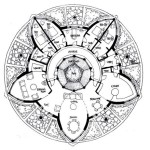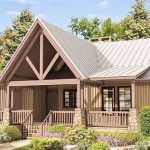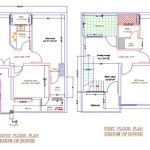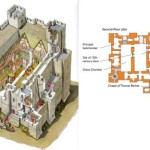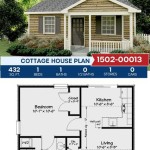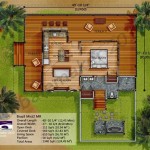How to Create a Floor Plan for Your Tiny House
Creating a floor plan for your tiny house is an important first step in the design process. It will help you to visualize the layout of your home and make sure that everything fits together properly. Here are a few essential aspects to consider when creating your floor plan:
1. Determine Your Space Requirements
The first step is to determine how much space you need. Consider your lifestyle and how you plan to use your tiny house. Do you need a lot of storage space? Do you want a separate bedroom? Once you have a good understanding of your needs, you can start to plan the layout of your home.
2. Consider the Flow of Traffic
When creating your floor plan, it is important to consider the flow of traffic. You want to make sure that people can move around easily without feeling cramped. Avoid creating dead-end spaces or narrow hallways. The flow of traffic should be natural and efficient.
3. Place Windows and Doors Strategically
Windows and doors are an important part of any home, but they are especially important in a tiny house. They provide light, ventilation, and access to the outside world. When placing windows and doors, consider the following factors:
- Natural light: Place windows in areas where you want to maximize natural light.
- Ventilation: Place windows and doors in areas where you want to encourage airflow.
- Access: Make sure that doors are placed in convenient locations.
- Privacy: Consider the privacy of your home when placing windows.
4. Use Space-Saving Features
In a tiny house, every square foot counts. That's why it is important to use space-saving features whenever possible. Here are a few ideas:
- Built-in furniture: Built-in furniture can help to save space and create a more cohesive look.
- Multi-purpose furniture: Choose furniture that can serve multiple purposes, such as a bed that also functions as a sofa.
- Vertical storage: Use vertical storage to maximize space.
- Hidden storage: Hide storage space in unexpected places, such as under the bed or in the walls.
5. Consider Your Budget
It is important to consider your budget when creating your floor plan. Some features, such as built-in furniture and large windows, can be expensive. Make sure to prioritize your needs and choose features that fit within your budget.
6. Get Feedback from Others
Once you have created a floor plan, get feedback from others. Ask friends, family members, or even a professional designer to review your plan and offer suggestions. This can help you to identify any potential problems and make sure that your floor plan is well-thought-out.
Conclusion
Creating a floor plan for your tiny house is an important step in the design process. By following the tips above, you can create a floor plan that meets your needs and helps you to make the most of your space.

Tiny House Plan Examples

Tiny House Floor Plans With Lower Level Beds Tinyhousedesign Design

Easy Tiny House Floor Plan Designs

8 28 7 Tiny House Design Floor Plans Small

Small Home Design Live 3d

Tiny House Plan Examples

Family Tiny House Design Floor Plans Layout

27 Adorable Free Tiny House Floor Plans Craft Mart

Tiny House Design Floor Plans

New Tiny House Plans Blog Eplans Com


